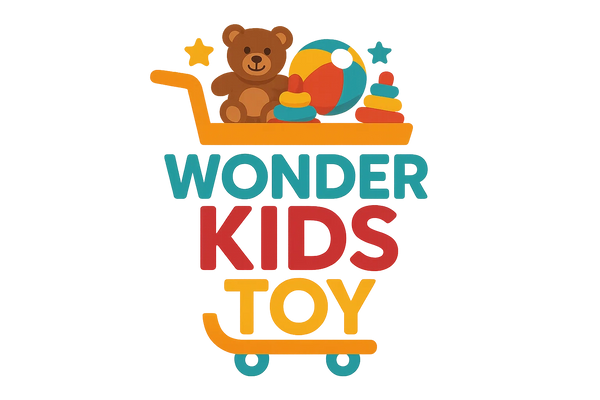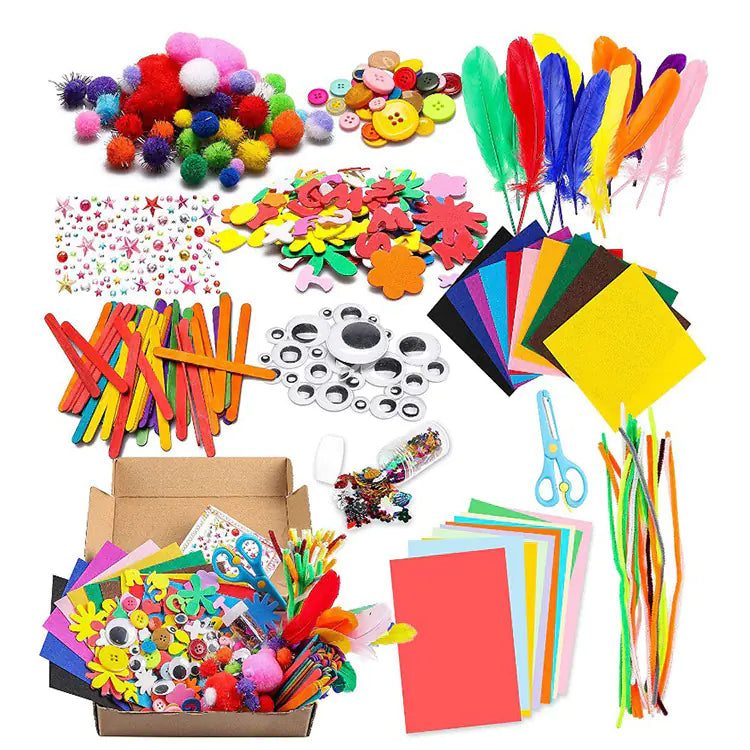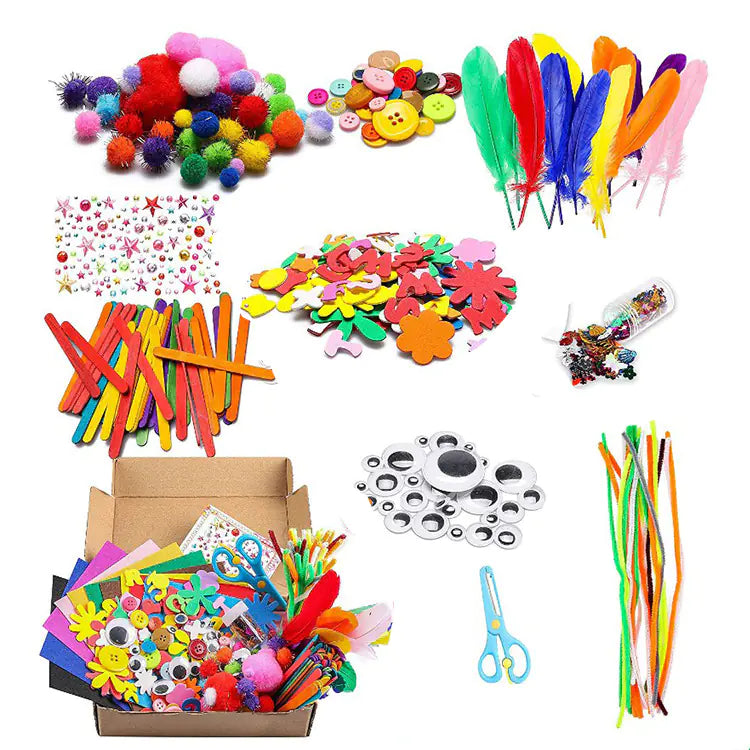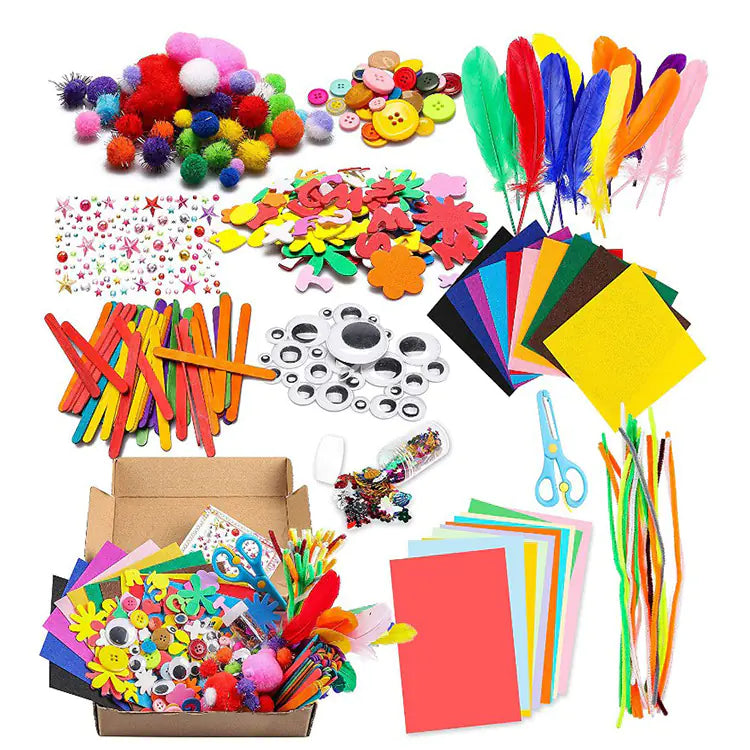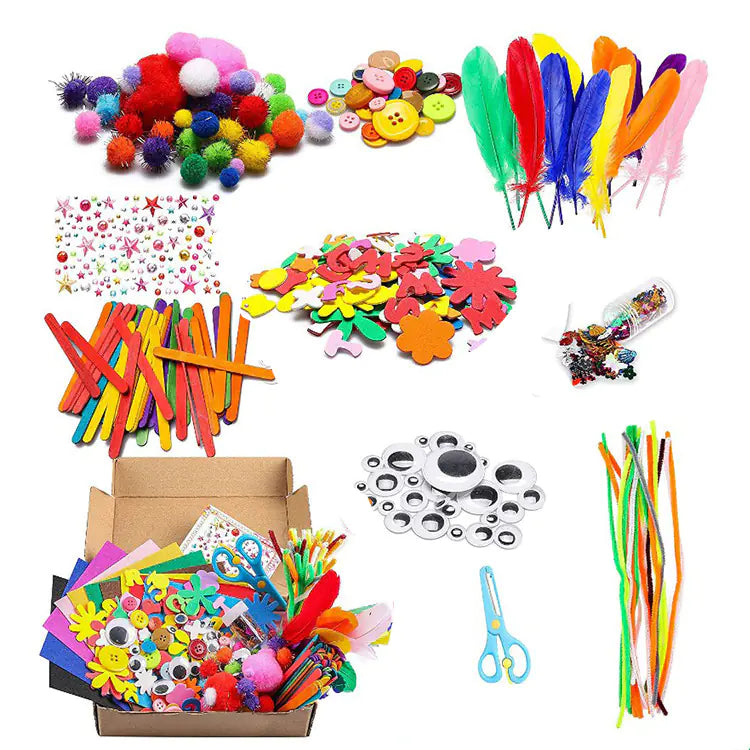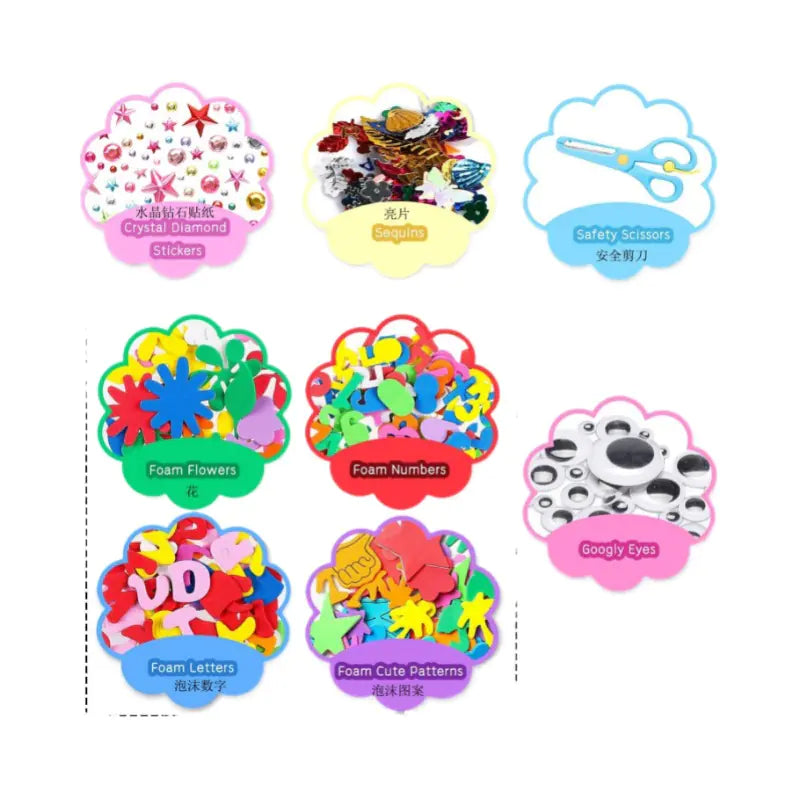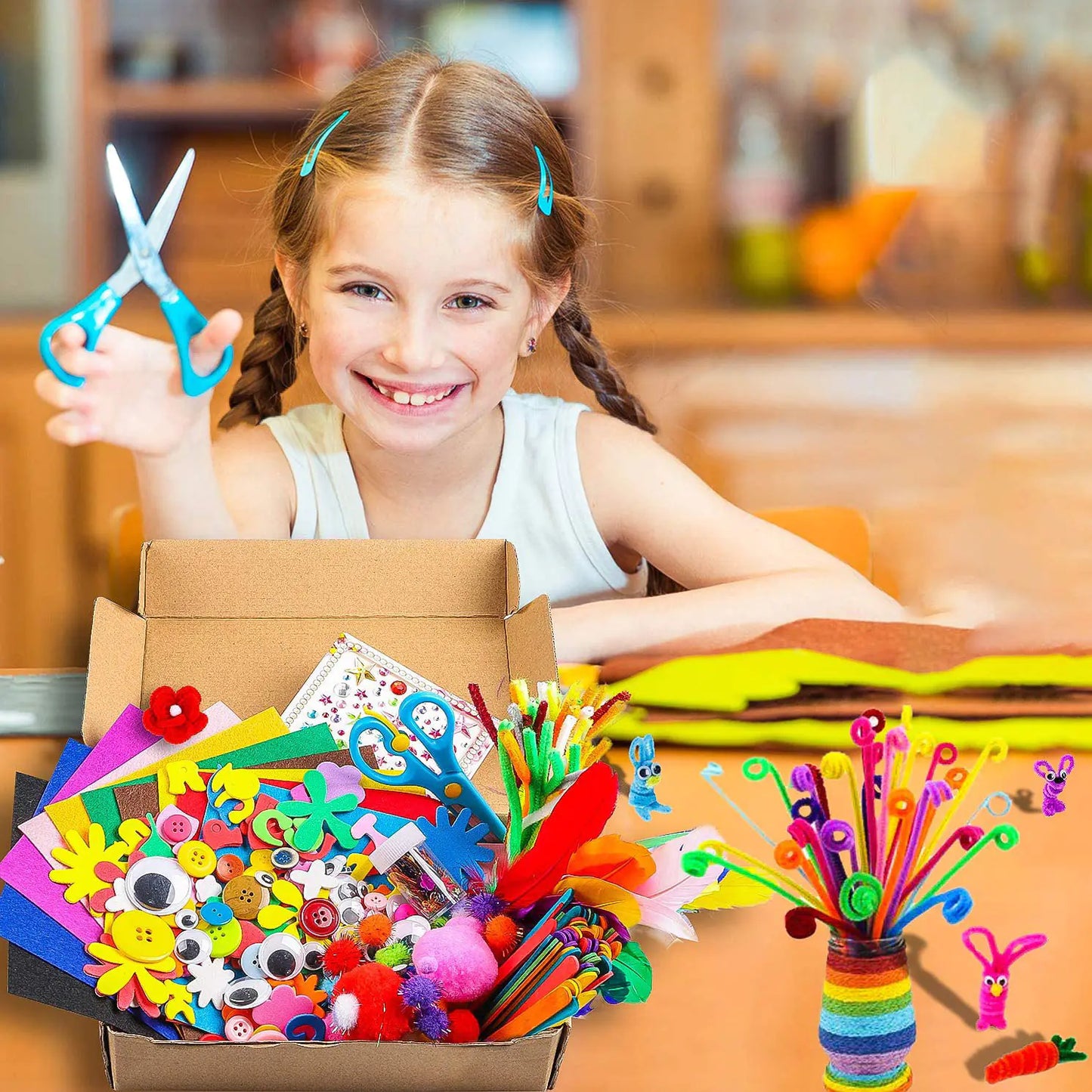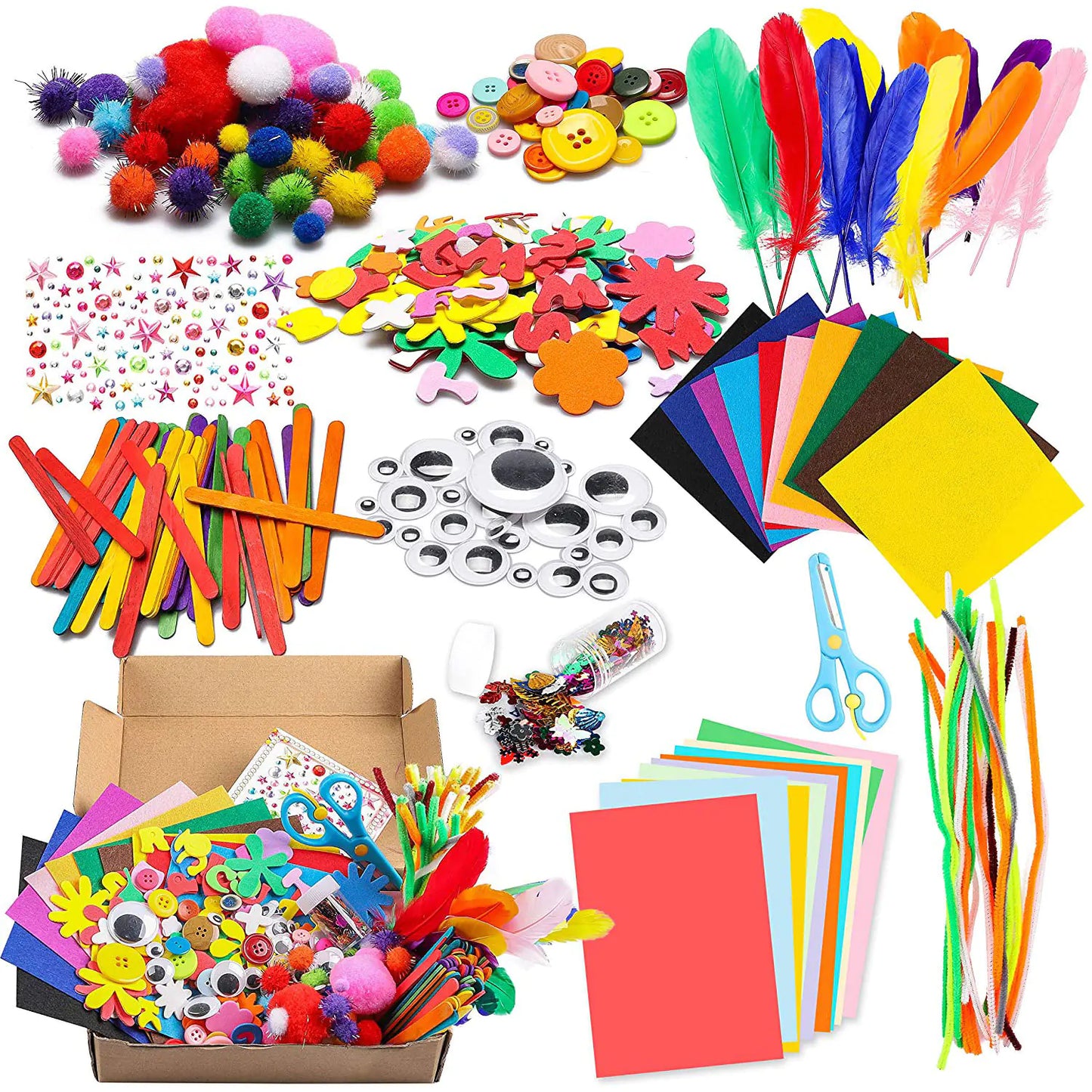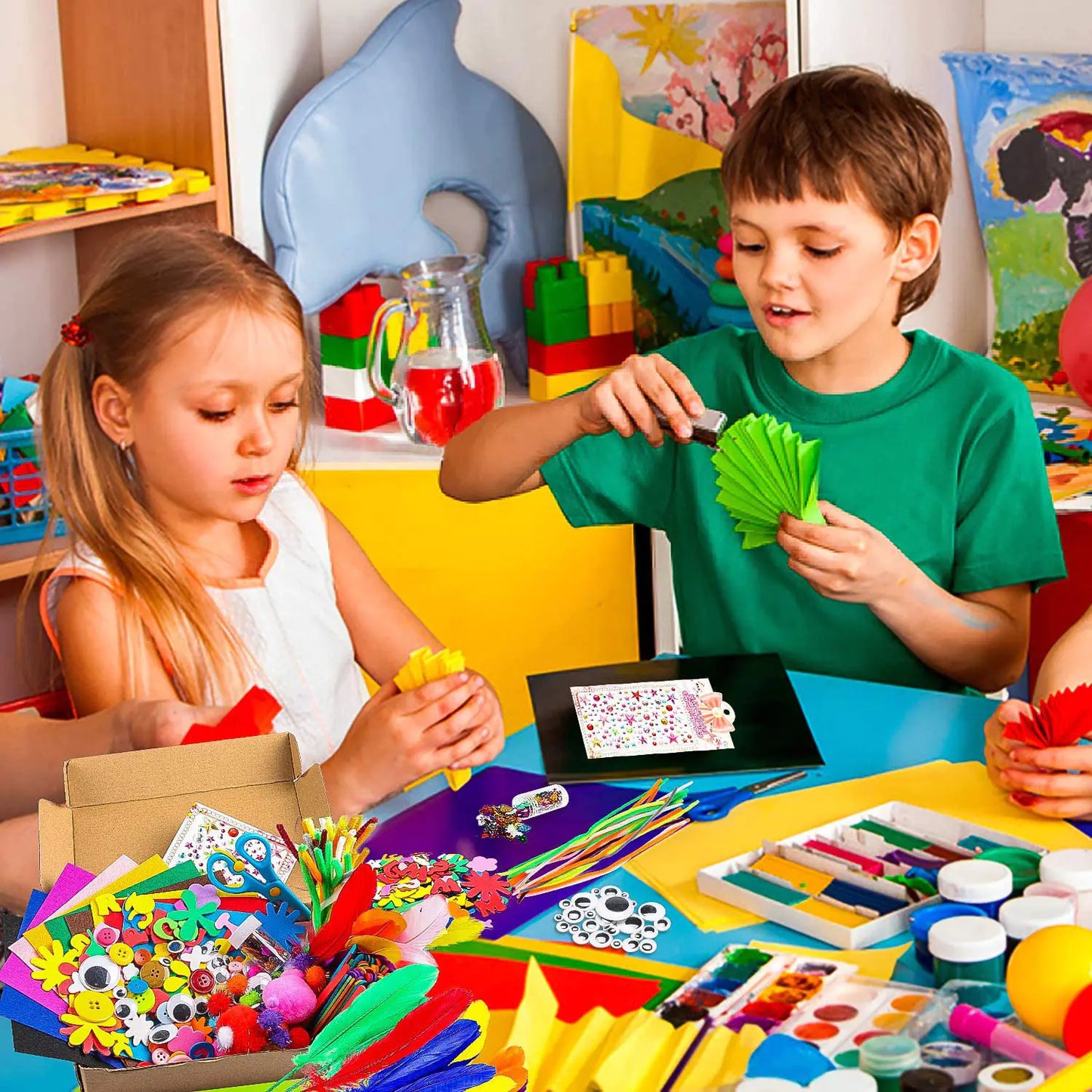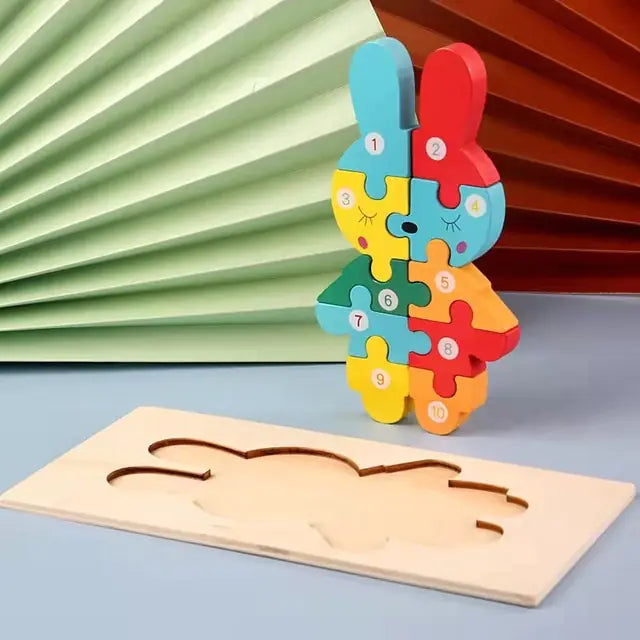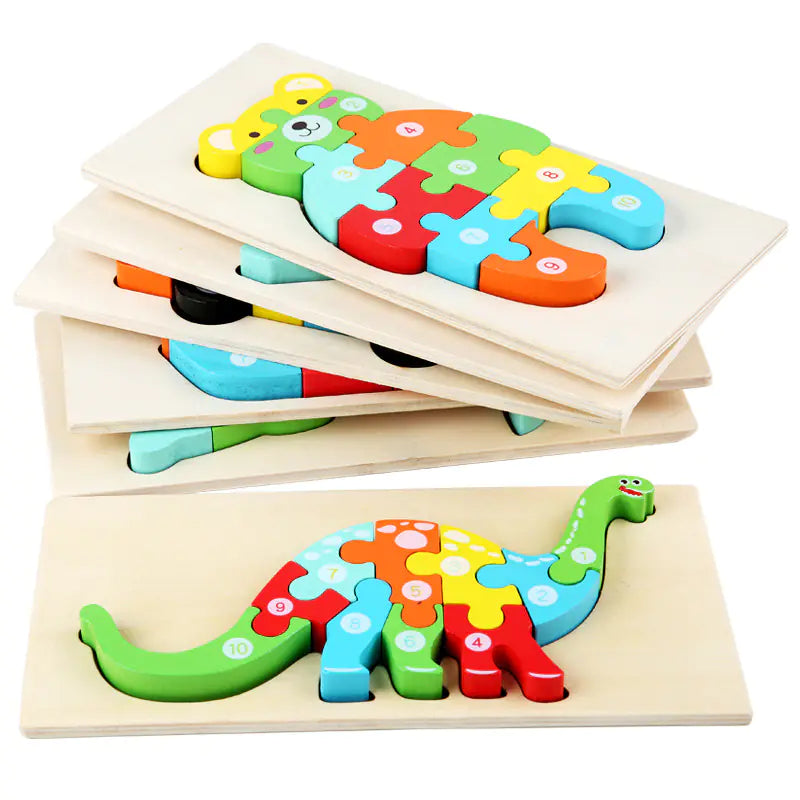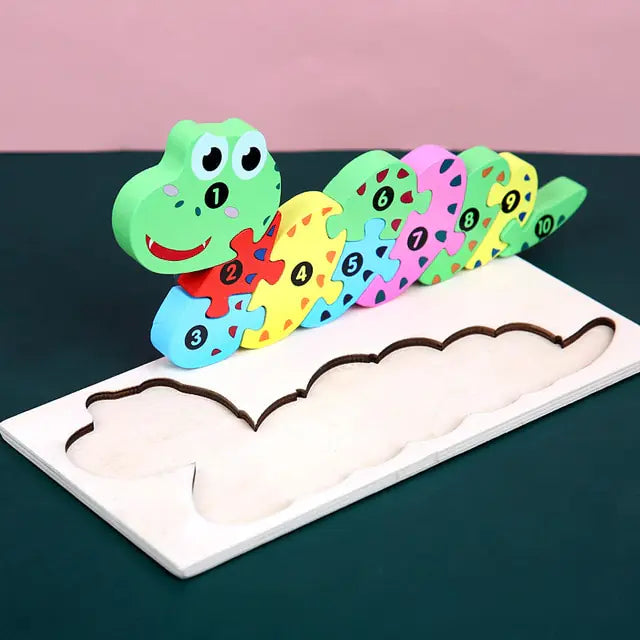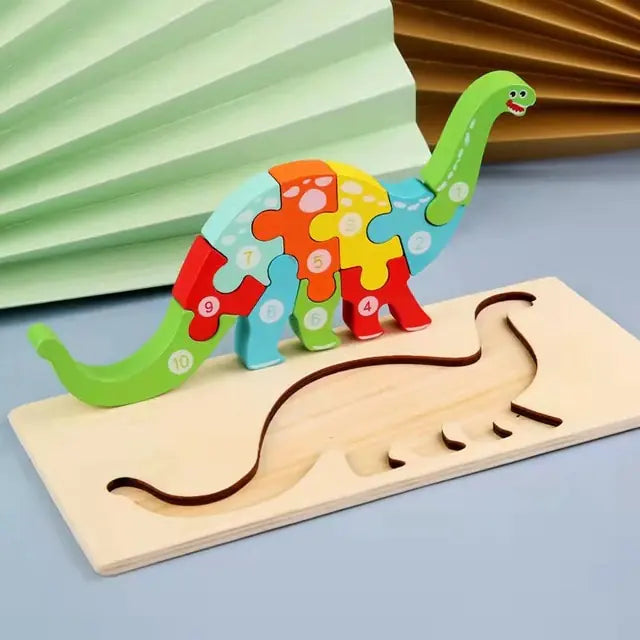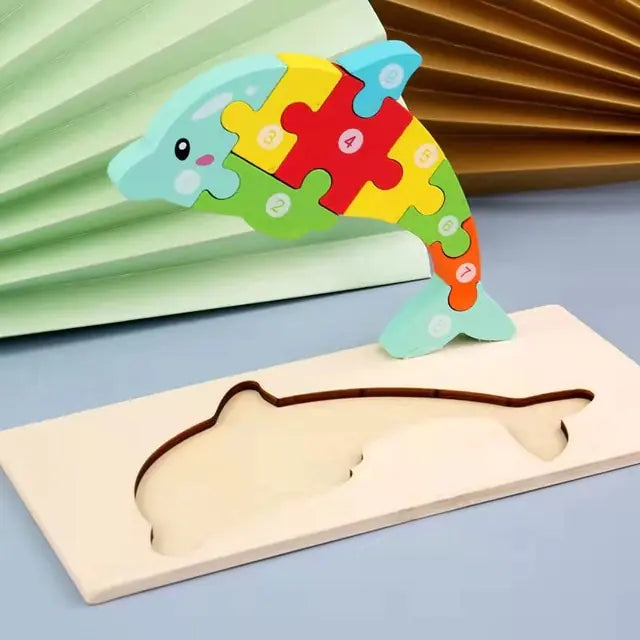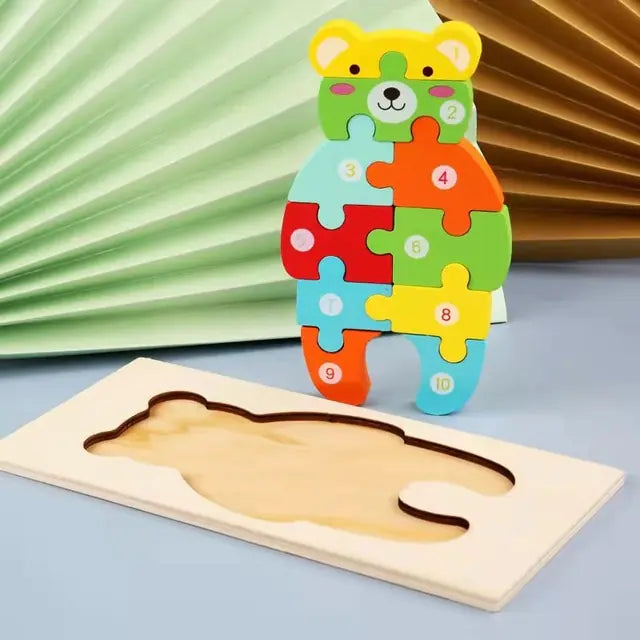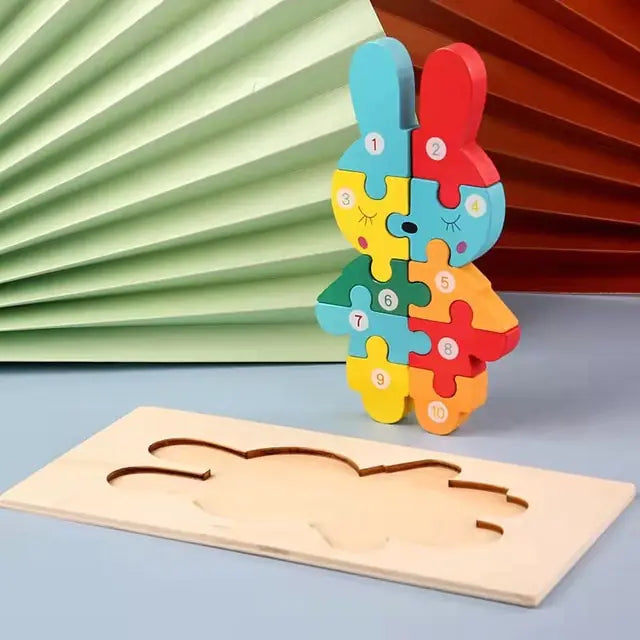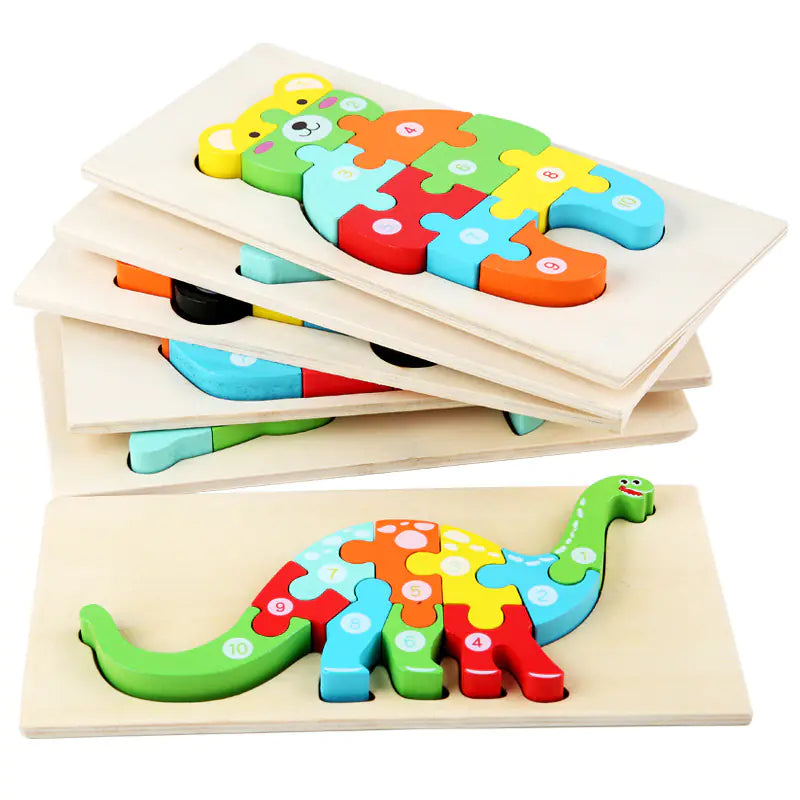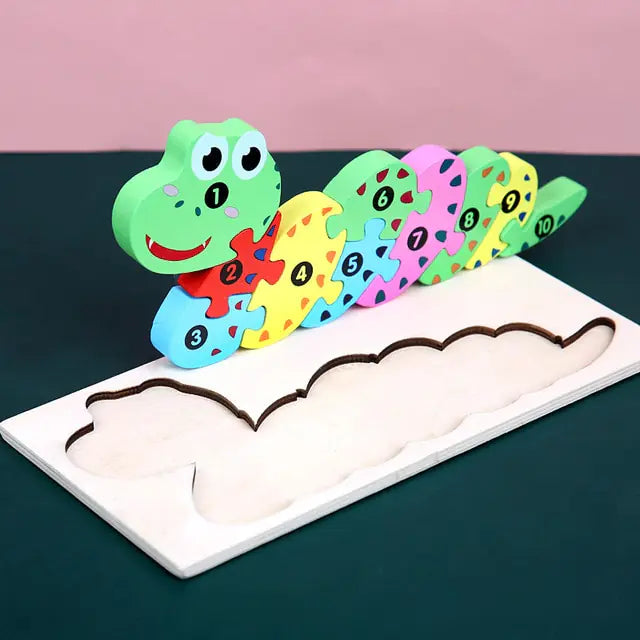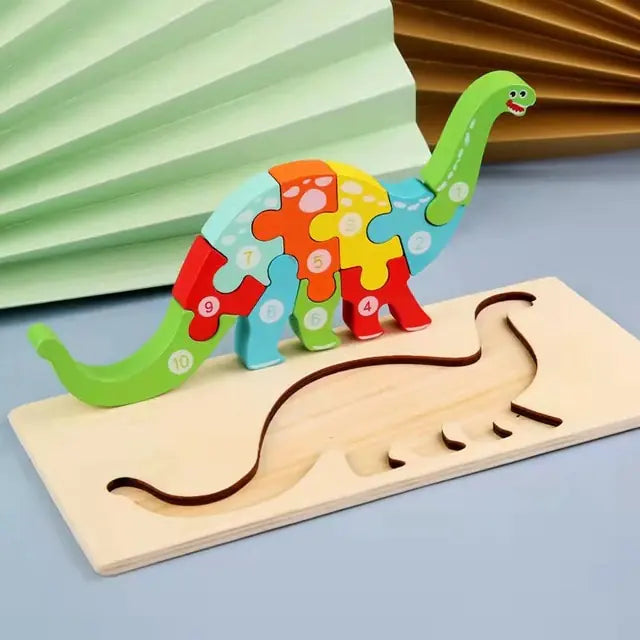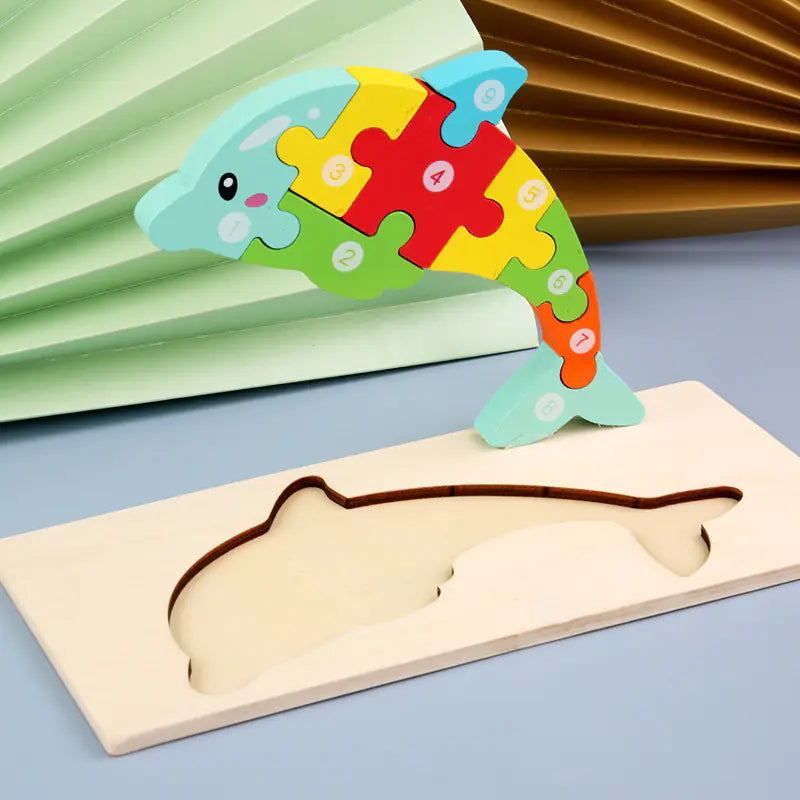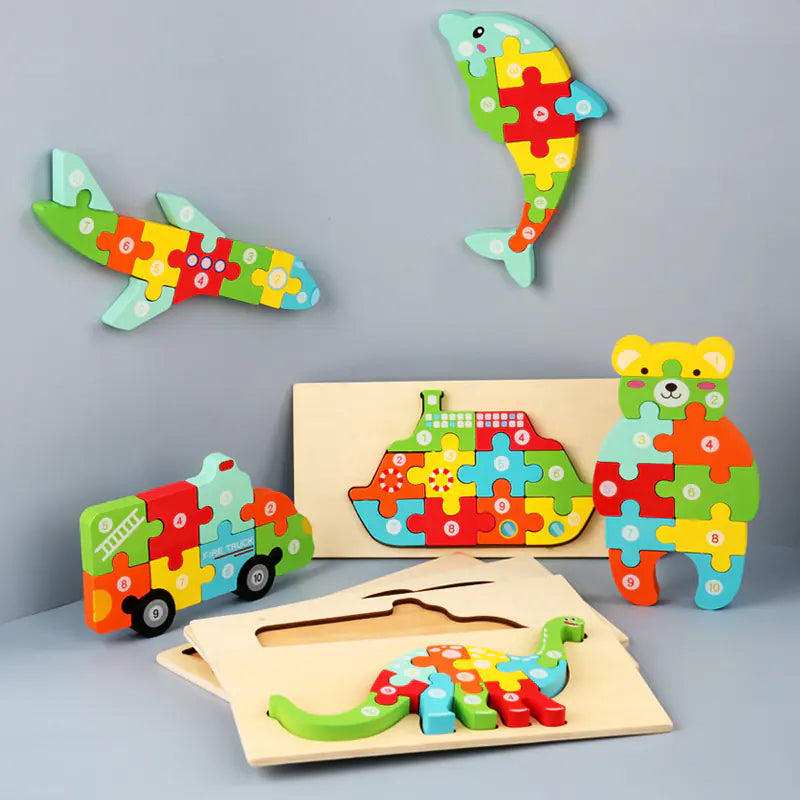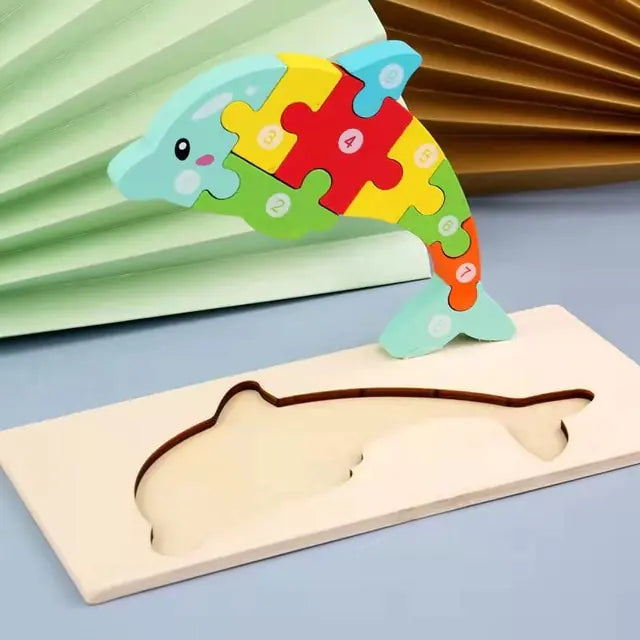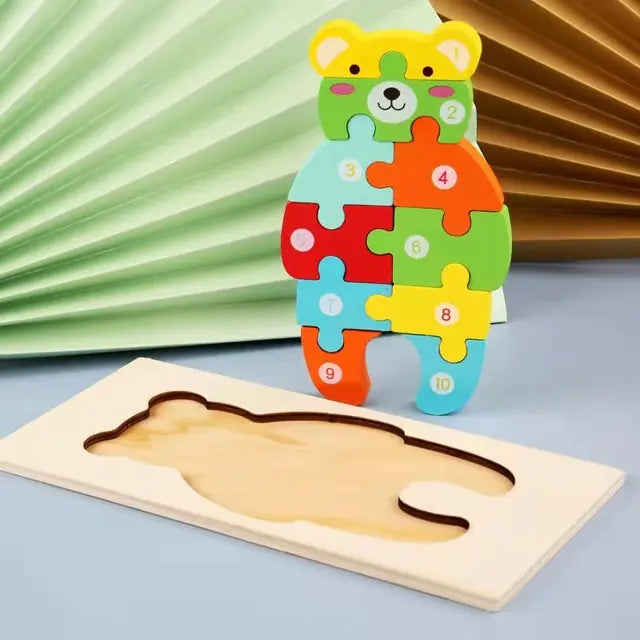Sensory play is a crucial aspect of an infant's development, engaging their senses of touch, sight, sound, smell, and taste. Sensory play toys are designed to stimulate these senses, helping infants explore their environment and learn about the world around them. In this ultimate guide, we will delve into the importance of sensory play toys, how to choose the right ones, and the best options available for various sensory explorations.
Key Takeaways
- Sensory play toys are essential for an infant's cognitive, motor, and social-emotional development.
- Choosing age-appropriate and safe sensory toys is crucial for your baby's well-being.
- Different types of sensory toys cater to various senses, including touch, sight, sound, smell, and taste.
- DIY sensory toys can be a cost-effective and personalized way to engage your infant's senses.
- Incorporating sensory play into daily routines can make these activities more enjoyable and beneficial for your baby.
Why Sensory Play Toys for Infants Are Essential

Benefits for Cognitive Development
Sensory play is a powerful tool for promoting early cognitive development in infants. By engaging your child in sensory activities, you’re helping them build crucial skills, explore their environment, and develop a foundation for future learning. Sensory play isn’t just about fun and games; it plays a crucial role in early childhood development. Activities like playing with a puzzle can enhance problem-solving skills and improve memory.
Enhancing Motor Skills
Sensory play toys are fantastic for enhancing your baby’s motor skills. Whether it’s grasping a textured ball or squeezing a soft toy, these activities help develop both fine and gross motor skills. The varied textures and shapes of sensory toys encourage infants to use different muscles, promoting better coordination and physical development.
Boosting Social-Emotional Growth
Sensory play also has significant benefits for social-emotional growth. When infants engage in sensory activities, they learn to express themselves and interact with others. This form of play can boost their confidence and help them understand their emotions better. Additionally, playing with sensory toys in a group setting can improve social skills and foster a sense of community among peers.
As both a preschool teacher and a mother, I’ve seen firsthand the remarkable impact that sensory play for infants can have on a child’s development. I encourage you to incorporate sensory play into your daily routine and witness the positive effects on your child’s growth and development.
Choosing the Right Sensory Play Toys for Your Infant

When selecting sensory play toys for your infant, it's crucial to choose age-appropriate options. Babies develop rapidly, and their needs change quickly. For newborns, look for toys that are soft and easy to grasp. As they grow, you can introduce more complex toys that encourage exploration and problem-solving. Always check the age recommendations on the packaging to ensure the toy is suitable for your baby's developmental stage.
Safety is paramount when it comes to choosing toys for your little one. Ensure that the toys are made from non-toxic materials and do not have small parts that could pose a choking hazard. It's also a good idea to regularly inspect toys for any signs of wear and tear. Remember, a safe toy is a fun toy!
Infants learn a lot through touch, so providing a variety of materials and textures can be incredibly beneficial. Look for toys made from different fabrics, rubber, and even wood. This variety helps stimulate your baby's sense of touch and keeps them engaged. A mix of soft, rough, and squishy textures can make playtime more exciting and educational.
Choosing the right sensory play toys can make a significant difference in your baby's development. By focusing on age-appropriateness, safety, and material variety, you can create a stimulating and safe environment for your little one to explore.
Top Sensory Play Toys for Touch Exploration

Soft and Cuddly Toys
When it comes to touch exploration, soft and cuddly toys are a must-have. These toys provide a comforting texture that infants love to snuggle with. They help in developing a sense of security and comfort. Plus, they are perfect for tactile play, allowing your baby to explore different fabrics and materials.
Textured Balls and Blocks
Textured balls and blocks are fantastic for engaging your baby's sense of touch. These toys come in various shapes and sizes, each with unique textures that stimulate tactile exploration. They are excellent for developing fine motor skills as your baby grasps, squeezes, and manipulates them.
Squishy and Squeezy Toys
Squishy and squeezy toys are another great option for touch exploration. These toys are often made from soft, pliable materials that are easy for little hands to squish and squeeze. They provide a fun way for your baby to learn about pressure and resistance, enhancing their sensory experience.
Incorporating a variety of textures in your baby's playtime can significantly boost their sensory development. It's all about making touch exploration a fun and enriching experience for your little one.
Engaging Your Baby’s Sense of Sight

When it comes to engaging your baby’s sense of sight, the right toys can make all the difference. Visual stimulation is crucial for your baby's development, helping them to recognize shapes, colors, and even faces. Here are some top picks to get you started.
Stimulating Your Infant’s Hearing with Sensory Toys

Musical Instruments for Babies
Musical instruments are a fantastic way to engage your baby's sense of hearing. Simple instruments like maracas or drums can be both fun and educational. By exposing your babies to music at an early age, you help them to develop this bridge between the two sides of the brain. This not only enhances their sense of hearing but also aids in cognitive development.
Rattles and Shakers
Rattles and shakers are classic sensory toys that never go out of style. They are easy for little hands to grasp and shake, providing immediate auditory feedback. The different sounds can help your baby learn about cause and effect, and they are perfect for interactive games.
Sound-Making Stuffed Animals
Sound-making stuffed animals combine the comfort of a cuddly toy with the auditory stimulation of various sounds. These toys often come with buttons that produce different noises, from lullabies to animal sounds. These multi-sensory toys can be particularly soothing and engaging for infants.
Incorporating auditory sensory toys into your baby's playtime can significantly boost their hearing and cognitive skills. Plus, it's a lot of fun for both of you!
Toys That Encourage Smell Exploration

Aromatherapy Plush Toys
Aromatherapy plush toys are a fantastic way to introduce your baby to different scents. These toys are often infused with calming aromas like lavender or chamomile, which can help soothe your baby during nap time or bedtime. The gentle scents can also promote relaxation and reduce fussiness. Plus, the plush texture provides a comforting tactile experience.
Scented Teethers
Scented teethers are not only great for relieving teething discomfort but also for engaging your baby's sense of smell. These teethers are usually made from safe, non-toxic materials and come in various delightful scents like vanilla or strawberry. Introducing these scents early on can help your baby develop a more refined sense of smell.
Smell and Learn Books
Smell and learn books are interactive and educational. These books often feature scratch-and-sniff elements that introduce your baby to a variety of scents, from fruits to flowers. This can make storytime more engaging and educational, helping your baby associate different smells with their corresponding objects. It's a fun way to boost both their olfactory and cognitive development.
Incorporating smell into sensory play can be a delightful way to enrich your baby's sensory experiences. It's amazing to see how they react to different scents and watch their curiosity grow.
Sensory Play Toys for Taste Exploration

Exploring taste is a fun and essential part of your baby's sensory development. Sensory toys stimulate senses for cognitive growth, and taste is no exception. Introducing your little one to different flavors and textures can be both educational and enjoyable.
Safe Teething Toys
Teething toys are a great way to engage your baby's sense of taste safely. Look for toys made from food-grade silicone or natural rubber. These materials are safe for your baby to chew on and can help soothe sore gums. Plus, they come in various shapes and textures, making them interesting for your baby to explore.
Edible Sensory Play
Edible sensory play is a fantastic way to let your baby explore different tastes and textures. You can create a multi-sensory experience by offering foods like pureed fruits, rice cakes, or even homemade granola. This type of play not only stimulates the sense of taste but also encourages tactile exploration as your baby uses their hands to eat.
Taste-Safe Paints
Taste-safe paints are perfect for letting your baby explore their creativity without any risk. These paints are made from edible ingredients, so you don't have to worry if your baby decides to taste their artwork. It's a fun way to combine sensory play with a bit of artistic expression.
Remember, hands-on play is crucial for toddlers' development. Incorporating taste exploration into your baby's playtime can significantly enhance their sensory experiences and cognitive growth.
DIY Sensory Play Toys You Can Make at Home

Creating sensory play experiences at home doesn’t have to be complicated or expensive. Here are some DIY infant sensory ideas that are simple and effective:
Homemade Sensory Bottles
Sensory bottles are a fantastic way to engage your baby's senses. Fill plastic bottles with water, glitter, beads, or small toys. Seal the bottle tightly and let your baby explore. These bottles can captivate your infant's attention for hours.
DIY Textured Blankets
Textured blankets can be made by attaching various materials like sandpaper, fabric scraps, and bubble wrap to a soft blanket. This allows your baby to feel different textures, enhancing their tactile exploration.
Custom Scented Playdough
Making your own scented playdough is both fun and beneficial. Use food-safe ingredients and add a few drops of baby-safe essential oils. Lavender and chamomile are great options for a calming effect. This not only stimulates their sense of touch but also their sense of smell.
DIY sensory toys are not only cost-effective but also provide a personalized touch to your baby's playtime. They allow you to tailor the sensory experience to your infant's unique preferences and developmental needs.
Incorporating Sensory Play into Daily Routines

Incorporating sensory play into your daily routine can be easy and incredibly beneficial. By weaving sensory activities into everyday tasks, you can witness the positive effects on your child’s growth and development. Sensory play isn’t just important; it’s essential for nurturing a curious, confident, and capable child.
Bath Time Sensory Fun
Bath time is a fantastic opportunity to introduce sensory play. Use different textured sponges or add a few drops of baby-safe essential oils to the bathwater. This not only makes bath time fun but also helps in developing your baby’s tactile and olfactory senses.
Mealtime Sensory Exploration
Mealtime can be a sensory adventure for your little one. Let your baby touch and explore their food. Offer a variety of textures and flavors to stimulate their senses. This not only makes eating more enjoyable but also encourages them to try new foods.
Outdoor Sensory Adventures
Taking your baby outside can provide a wealth of sensory experiences. From the feel of grass under their feet to the sound of birds chirping, the outdoors is a sensory playground. Make it a habit to spend some time outside every day to help your baby explore and learn from their environment.
Tips for Storing and Organizing Sensory Play Toys

When it comes to storing sensory play toys, having a dedicated space can make a world of difference. I love using clear plastic bins with labels. This way, I can easily see what's inside and grab the right toy without rummaging through everything. Stackable bins are a lifesaver if you're short on space.
Keeping sensory toys clean is usually pretty easy. Most can be wiped or washed with mild soap. Just check the label for specific care tips. For toys that can't be submerged in water, a quick wipe-down with a damp cloth usually does the trick. Regular cleaning not only keeps the toys safe but also extends their lifespan.
Rotating toys can keep your baby engaged and make old toys feel new again. I like to keep a small selection of toys out and store the rest. Every couple of weeks, I'll swap them out. This not only keeps things fresh for my baby but also helps me manage the clutter. Plus, it gives me a chance to clean and inspect the toys for any wear and tear.
Organizing sensory play toys doesn't have to be a chore. With a few simple strategies, you can keep your space tidy and make playtime more enjoyable for both you and your baby.
How to Observe and Respond to Your Baby’s Sensory Preferences

Identifying Favorite Toys
When it comes to sensory play, every baby is unique. Spend time observing which toys your baby gravitates towards. Do they love the feel of soft, cuddly toys, or are they more interested in toys that make noise? Identifying their preferences can help you choose the right toys to keep them engaged and happy.
Adjusting Play Based on Reactions
Pay attention to how your baby reacts to different sensory toys. If they seem overwhelmed or disinterested, it might be time to switch things up. Try introducing new textures, sounds, or colors to see what captures their interest. Remember, it's all about trial and error.
Encouraging New Sensory Experiences
While it's important to provide toys that your baby loves, don't be afraid to introduce new sensory experiences. This can help them develop a broader range of skills and interests. Rotate toys regularly and include a mix of familiar favorites and new challenges.
Creating a sensory-friendly environment at home can make a big difference. Designate a play area with soft mats, cushions, and a variety of sensory toys. Rotate these toys to keep things fresh and exciting for your little one.
Understanding and responding to your baby’s sensory preferences is crucial for their development. By observing their reactions to different stimuli, you can tailor activities that enhance their sensory experiences. For more tips and expert advice, visit our website.
Conclusion
And there you have it, folks! Sensory play toys are not just fun and games; they are essential tools for your baby's development. From boosting cognitive skills to enhancing social-emotional growth, these toys offer a world of benefits. So go ahead, dive into the colorful, squishy, and noisy world of sensory play. Your little one will thank you for it, and you'll love watching them grow and learn. Happy playing!
Frequently Asked Questions
What are sensory play toys?
Sensory play toys are designed to stimulate an infant's senses such as touch, sight, sound, smell, and taste. They help babies explore their environment and aid in their cognitive, motor, and social-emotional development.
Why are sensory play toys important for infants?
Sensory play toys are crucial for infants as they promote cognitive development, enhance motor skills, and boost social-emotional growth by engaging multiple senses and encouraging exploration.
How do I choose age-appropriate sensory play toys?
When choosing sensory play toys, consider the age recommendations on the packaging. Ensure the toys are safe, free from small parts that could be a choking hazard, and suitable for your baby's developmental stage.
What safety considerations should I keep in mind when selecting sensory play toys?
Always check for non-toxic materials, avoid small parts that can be swallowed, ensure there are no sharp edges, and regularly inspect toys for wear and tear to maintain safety.
Can sensory play toys help with my baby’s motor skills?
Yes, sensory play toys can greatly enhance motor skills. Toys that require grasping, squeezing, or manipulating help develop fine motor skills, while larger toys can aid in gross motor skills.
Are there sensory play toys that can stimulate multiple senses at once?
Absolutely! Many sensory play toys are designed to engage multiple senses simultaneously. For example, a textured, colorful rattle can stimulate touch, sight, and hearing all at once.
How can I incorporate sensory play into daily routines?
Incorporate sensory play into daily routines by using textured washcloths during bath time, colorful and noisy utensils during mealtime, and taking your baby on outdoor sensory adventures to explore different sights, sounds, and textures.
What are some DIY sensory play toys I can make at home?
You can create DIY sensory play toys such as homemade sensory bottles, DIY textured blankets, and custom scented playdough using safe, household materials.
